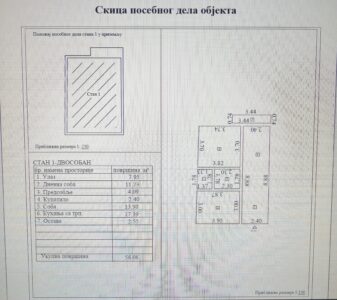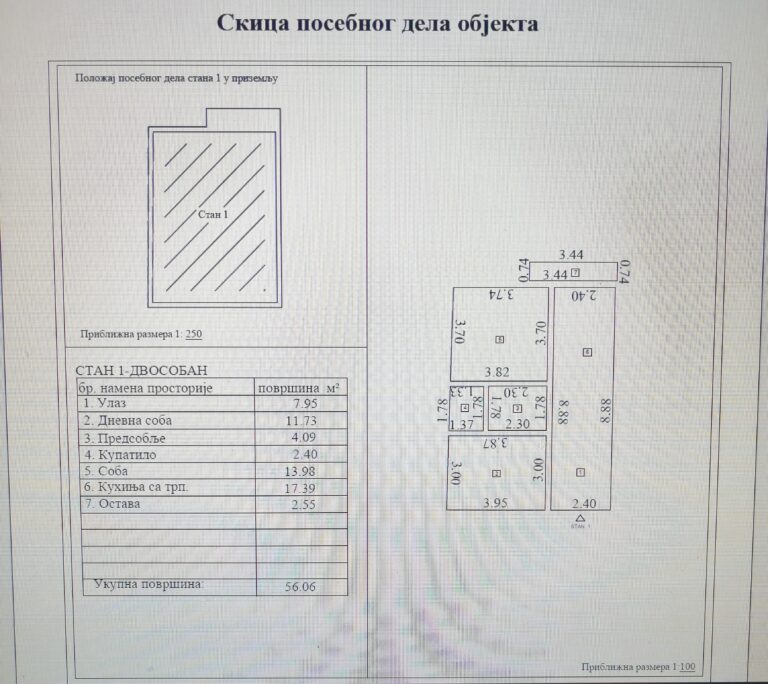Imagine walking into a grocery store, and all the produce, meats, and snacks are scattered randomly across the aisles. Pretty chaotic, right? That’s essentially what a poorly organized real estate website feels like to potential buyers.
If you’ve ever had a customer ask for a property with a pool, an ocean view, and a wrap-around porch but couldn’t find a single one to show them, you know what I mean. This is where custom taxonomies come into play—think of them as the neatly labeled aisles in that grocery store.
They allow you to categorize your property listings in a way that helps your clients find exactly what they’re looking for. So, let’s dive into the nuts and bolts of setting up these custom taxonomies in WordPress. Trust me, this is one tool you’ll wonder how you ever lived without.
Why Go Beyond Default Categories and Tags?
Default categories and tags in WordPress are like the one-size-fits-all t-shirts you get at events—they’re convenient but rarely fit everyone perfectly. Sure, they do the job of organizing content for basic needs, but when it comes to the specific demands of real estate, they fall woefully short.
Default categories might let you sort your listings by whether they’re sold or unsold, but what about lifestyle amenities, architectural styles, or energy efficiency ratings? How are you supposed to categorize a property in a historic district with solar panels that’s walking distance to the beach and also pet-friendly?
This is where custom taxonomies really shine. Custom taxonomies give you the flexibility to slice your data however you need. You can create as many categories as your heart desires—no more awkwardly cramming multiple attributes into a single tag. Now your buyers can easily filter properties based on what matters most to them. Want to find condos in a gated community with a gym and pool? Go ahead, create a taxonomy for that! The only limit is your imagination (and perhaps server performance if you go overboard).
Defining Your Custom Taxonomies
Now that you’re on board with the idea of custom taxonomies, it’s time to put pen to paper and define what they’ll look like for your business. Start by asking yourself a few simple questions. What features are most important to your market? What are your buyers searching for? Are they clamoring for eco-friendly homes? Or maybe they’re looking for properties near the best schools?
Once you have a solid list, it’s time to get a little more specific. Instead of simply tagging a property with “pool,” go deeper and tag it based on the type of pool. Is it an infinity pool? A plunge pool? Or maybe a community pool? These details can make a world of difference when a buyer is searching for their dream home. After all, not all pools are created equal, right?
Remember, the key here is specificity. A well-thought-out taxonomy can quickly highlight the properties that matter most to your clients. Think of it as your own personal spotlight on the listings that truly shine.
Creating Custom Taxonomies in WordPress
Ready to make some magic happen? Creating custom taxonomies in WordPress is easier than you might think. While you can add them manually using snippets in your theme’s functions.php file, you can also use dedicated plugins like “Custom Post Type UI.”
This plugin simplifies the process, allowing you to create and manage taxonomies without ever touching a line of code. But if you’re feeling adventurous and comfortable with a little coding, adding taxonomies directly into your theme’s functions.php file is a straightforward process.
Once you’ve defined your taxonomy, the next step is to assign them to your property listing post types. This process is simple and can also be done using “Custom Post Type UI” or with just a few lines of code in your functions.php file. Either way, once you’ve added the taxonomy, it will be available as a built-in option when you create or edit a new property listing.
Displaying and Filtering Properties Using Taxonomies
Now that your taxonomies are in place, it’s time to show off their capabilities. Displaying and filtering properties based on these taxonomies is where the real fun begins. Start by adding taxonomies to your property listing templates. This addition can take the form of filter dropdowns, clickable icons, or custom search forms—whatever floats your boat!
Furthermore, integrating taxonomy-based filtering into your advanced property search pages will allow your clients to sort through listings by the features that matter most to them. This feature makes the browsing experience more personalized and saves them from wading through properties that aren’t a good fit.
Don’t forget to use shortcodes or widgets to showcase featured taxonomies on your homepage or landing pages. Highlighting key attributes right away can drive interested buyers to the listings you want them to see.
Leveraging Taxonomy Data for Insights and SEO
Now here’s where it gets really interesting—taxonomy data isn’t just a great way to organize your listings, it can also inform your marketing decisions. By monitoring the popularity of certain taxonomy terms, you can see what your clients are actually interested in.
If “Waterfront” is a hot search term, you now have the perfect basis for a targeted content marketing campaign. Write articles, create listings, or launch social media ads focused on those waterfront properties and watch the inquiries roll in.
But that’s not all! Properly structured content using custom taxonomies can give your SEO a significant boost. We’re talking about enhanced rich snippets, better keyword targeting, and overall improved visibility on search engines. To top it all off, pairing your taxonomy-based pages with unique descriptions and internal links will give your search rankings a nice little bump.
Conclusion
To wrap it all up, using custom taxonomies in WordPress is like giving your website a brand-new organizing system that anyone can use. It offers a more refined search and browsing experience, making it easier for your clients to find the properties that match their criteria.
Start small, experiment with a few taxonomies, and evolve your structure based on user feedback and analytics. Before you know it, you’ll have a system that makes every listing easy to find. So, roll up those sleeves and get categorizing—your future self will thank you!


















+ There are no comments
Add yours